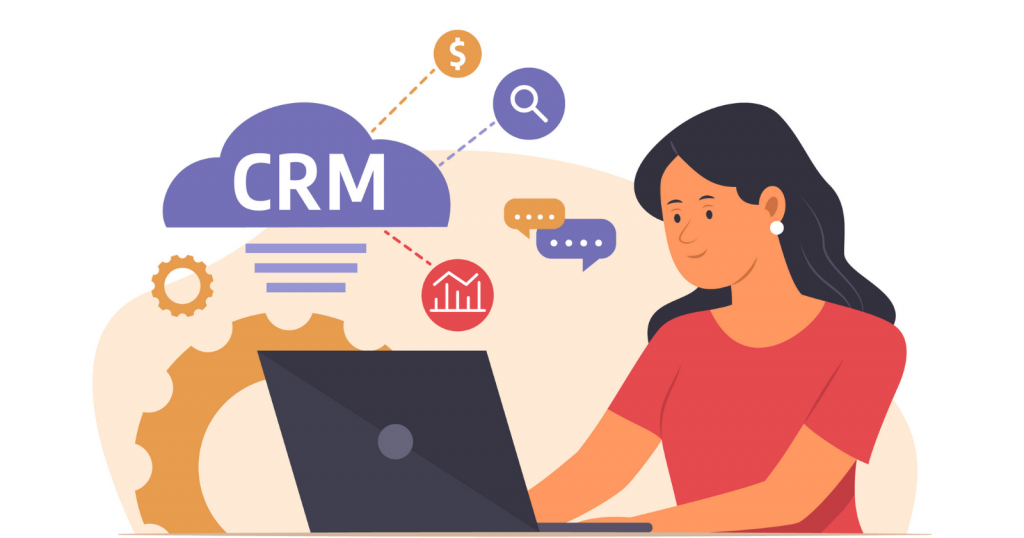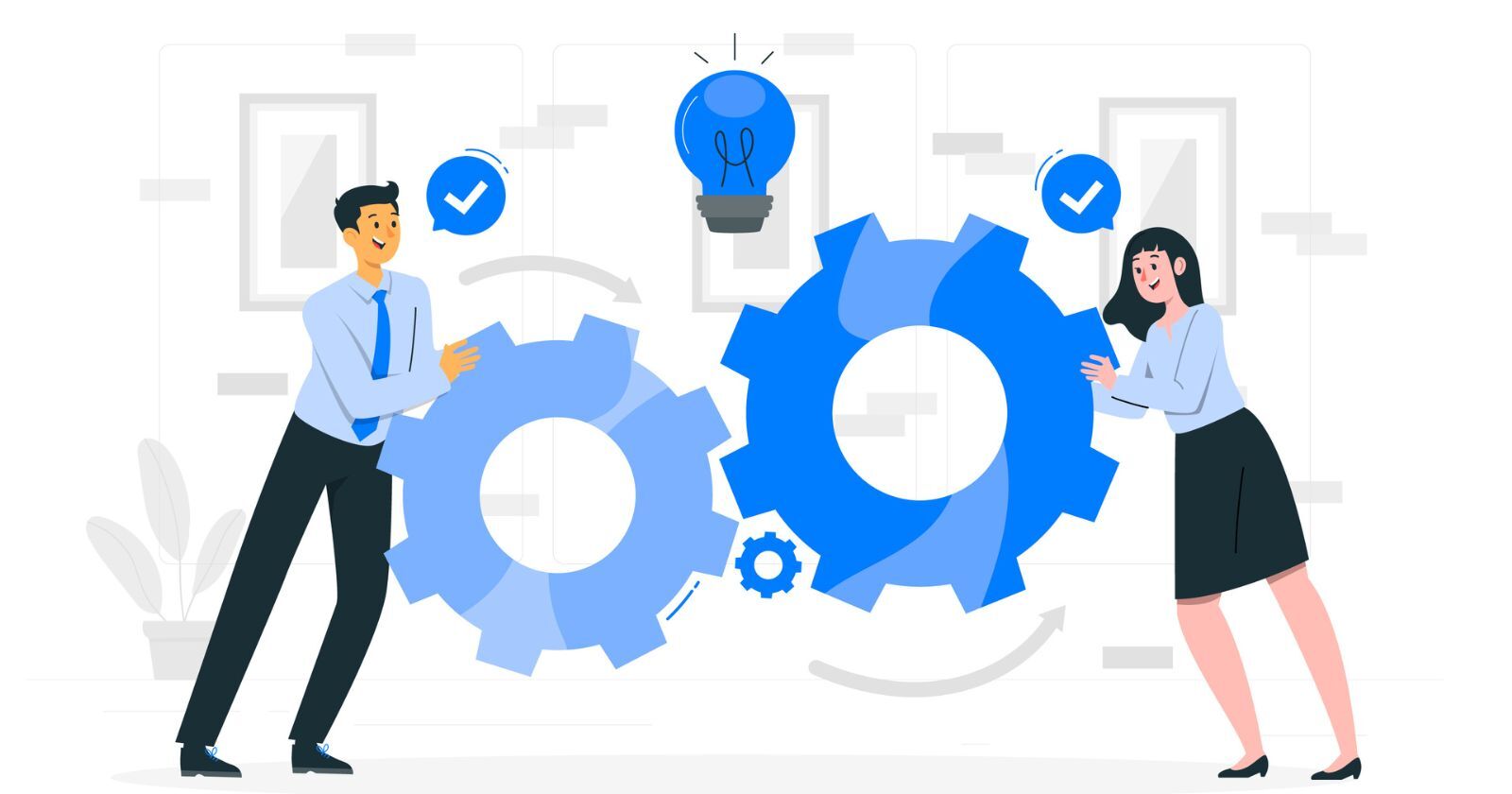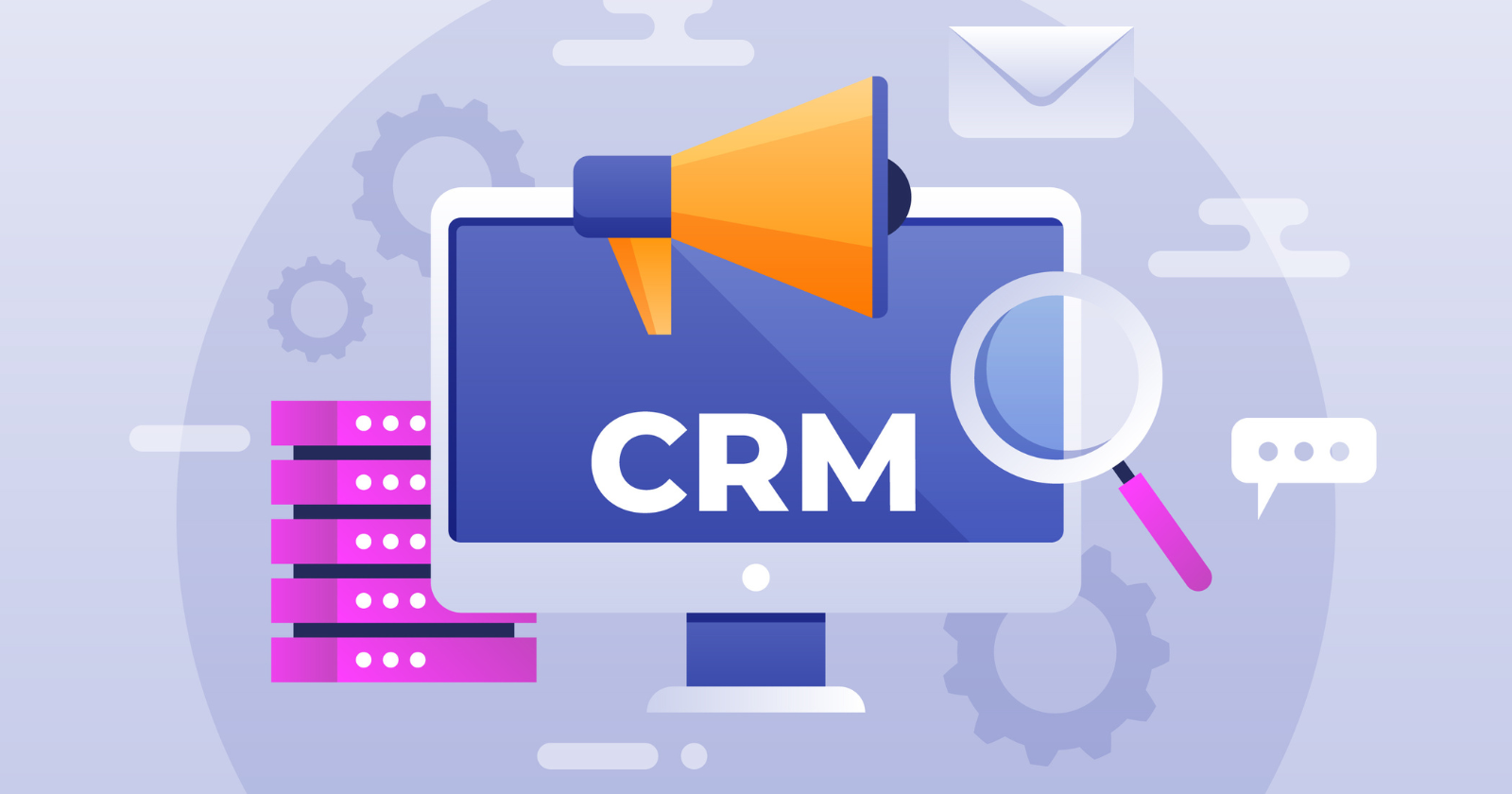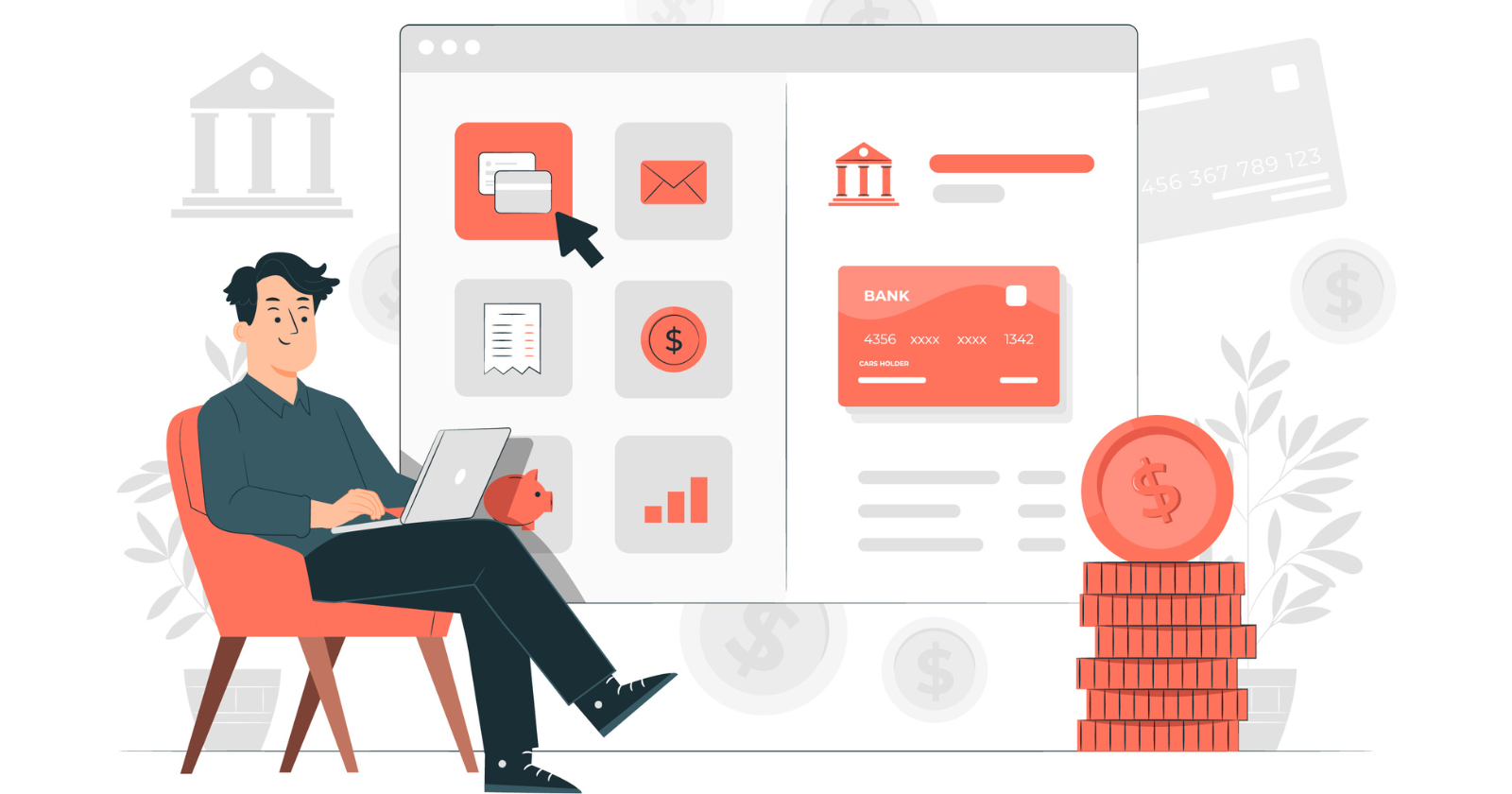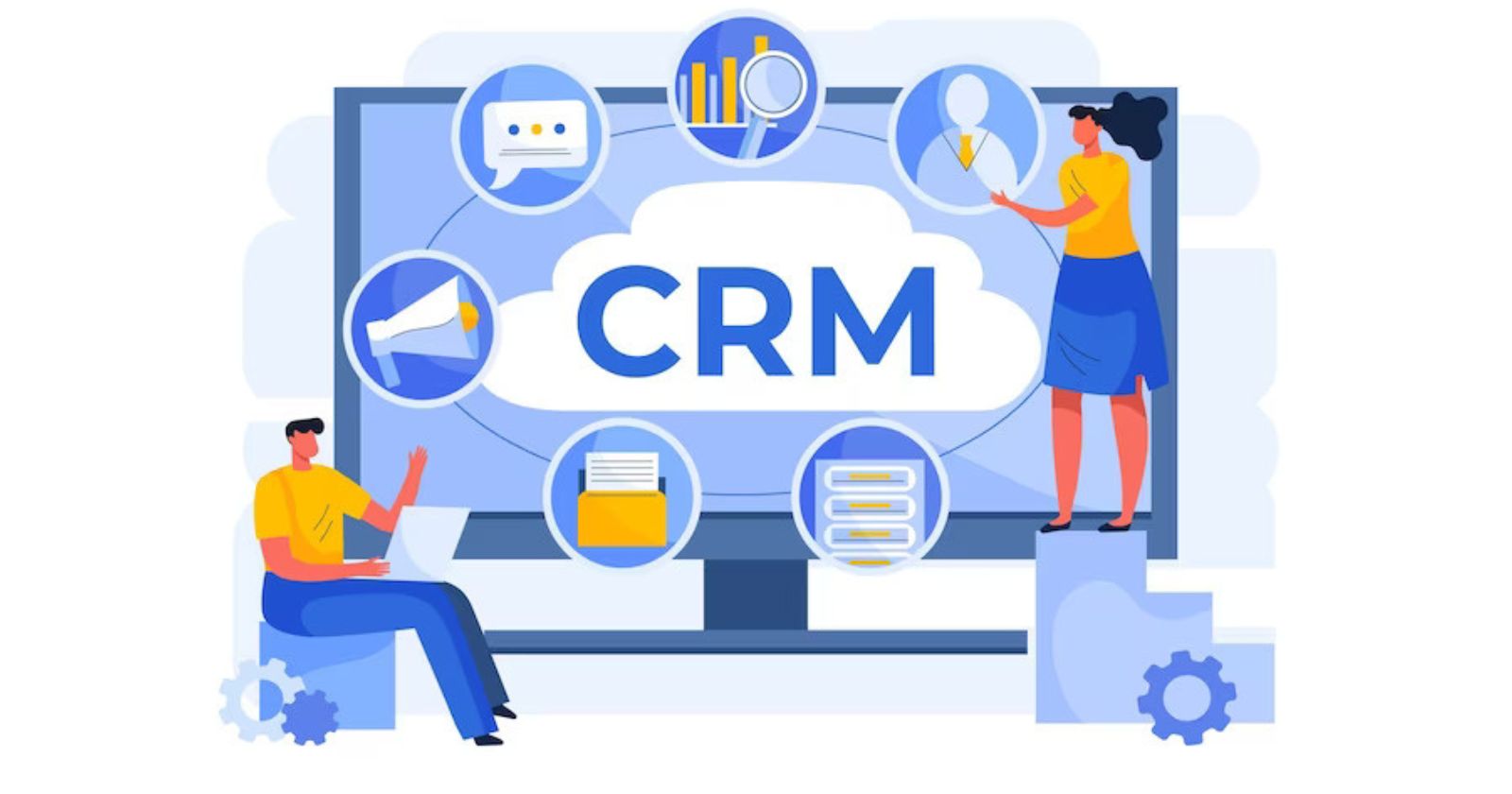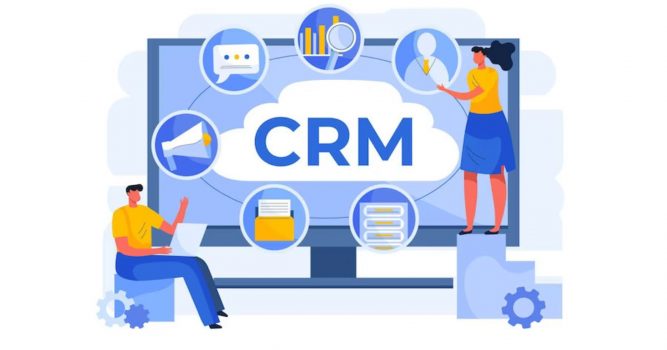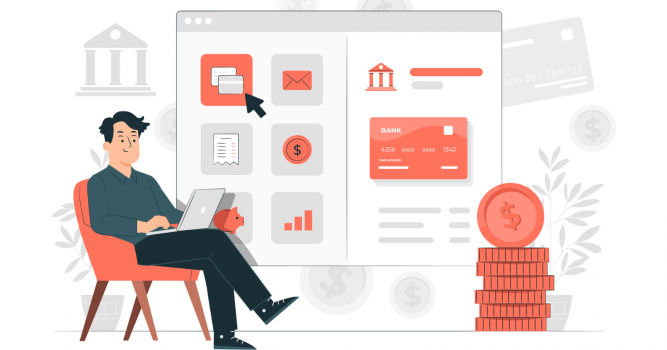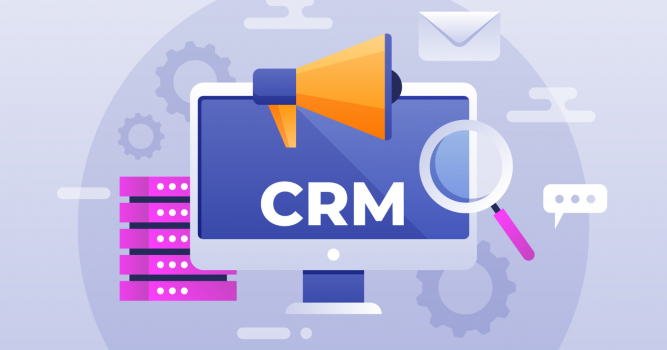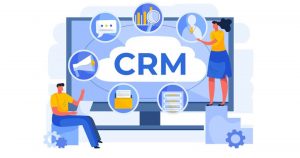CRM has become crucial for businesses because it empowers them to proactively address customer needs and build lasting relationships in an era where customer loyalty is very fragile.
According to Zendesk, 73% of customers will switch to a different company after several bad experiences and more than 50% will do so after just one bad experience.
Using a good CRM, you can avoid these challenges and deliver exceptional customer experiences to boost loyalty. But you need to master CRM best practices to reap the benefits of CRM software.
This article shares best practices for optimizing CRM software to maximize its potential and enhance customer satisfaction.
Let’s get started!
What is CRM?
Before going any further, let’s first answer the question, “What is CRM?”
Technically, CRM refers to the process of customer relationship management. However, in contemporary use CRM refers to software that businesses use to manage their customer interactions.
The core function of a CRM is to record contact information, such as name, email, phone number, social media profiles. It then organizes the information to help businesses understand their prospects/customers better and have personalized conversations with them.
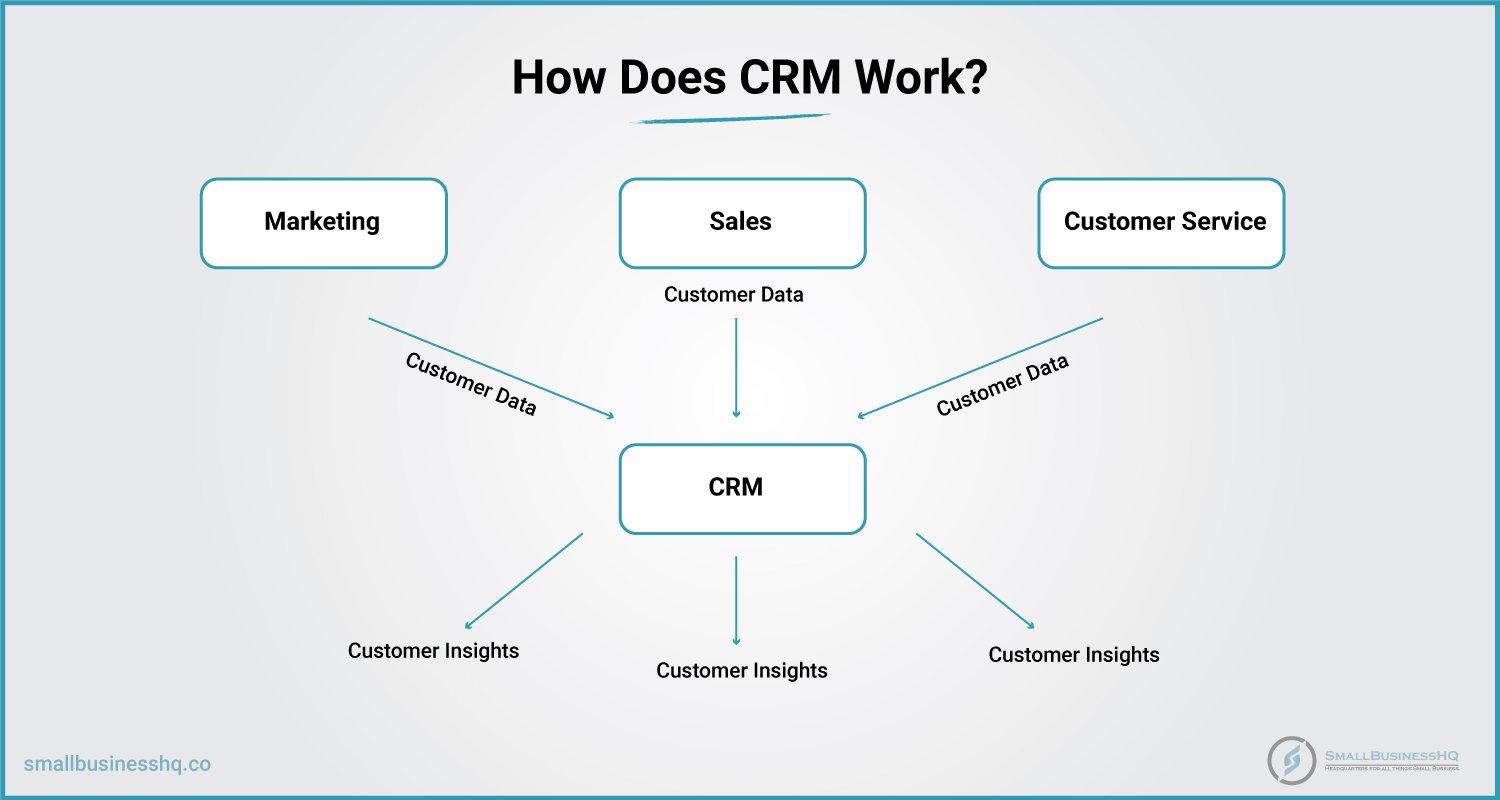
Over the years, CRM tools have evolved significantly, transforming from basic contact databases into robust all-in-one business solutions.
Today, the benefits of CRM software include advanced contact management, lead and opportunity nurturing, tracking customer interactions, and task automation.
Now, let’s discuss some of the most important CRM best practices to get you started.
You May Also Like:
9 CRM Best Practices to Boost Efficiency and Drive Growth
While CRM systems hold immense potential, many businesses struggle to achieve favorable outcomes because they don’t know effective CRM best practices that guarantee optimal performance.
If you’re struggling to get the most out of your CRM, then you’ll appreciate the best practices shared below that will show you how to use CRM effectively.
1. Develop a Solid CRM Strategy
Considering that buying and implementing a CRM system is a significant investment, developing a CRM strategy is one of the most important CRM best practices you should consider.
You want to maximize your return on this investment and a well-researched strategy will inform how you use the tool to achieve your goals.
A robust CRM strategy helps you define your goals, identify your target customers, and map out the sales cycle. Likewise, this strategy should align with your overall business model and objectives.
Follow the steps highlighted below to create a robust CRM strategy that will help you optimize customer relations to grow your business.
Define Your Goals
Building a robust CRM strategy starts with defining your goals. What do you want to achieve now and in the long term?
A clear understanding of your business goals will guide you in creating an effective strategy to use your CRM software solution to its full potential.
For example, if your goal for the next financial year is to double your revenues, you’ll be persuaded to create a CRM strategy that prioritizes your relationships with your existing customers.
According to a recent survey by Yotpo, customers who are loyal to a brand tend to:
- Buy directly from the brand’s website
- Wait to purchase until their favorite brand restocks a product rather than buying elsewhere
- Purchase multiple times from the brand
- Recommend the brand to others
- Try new products the brand releases
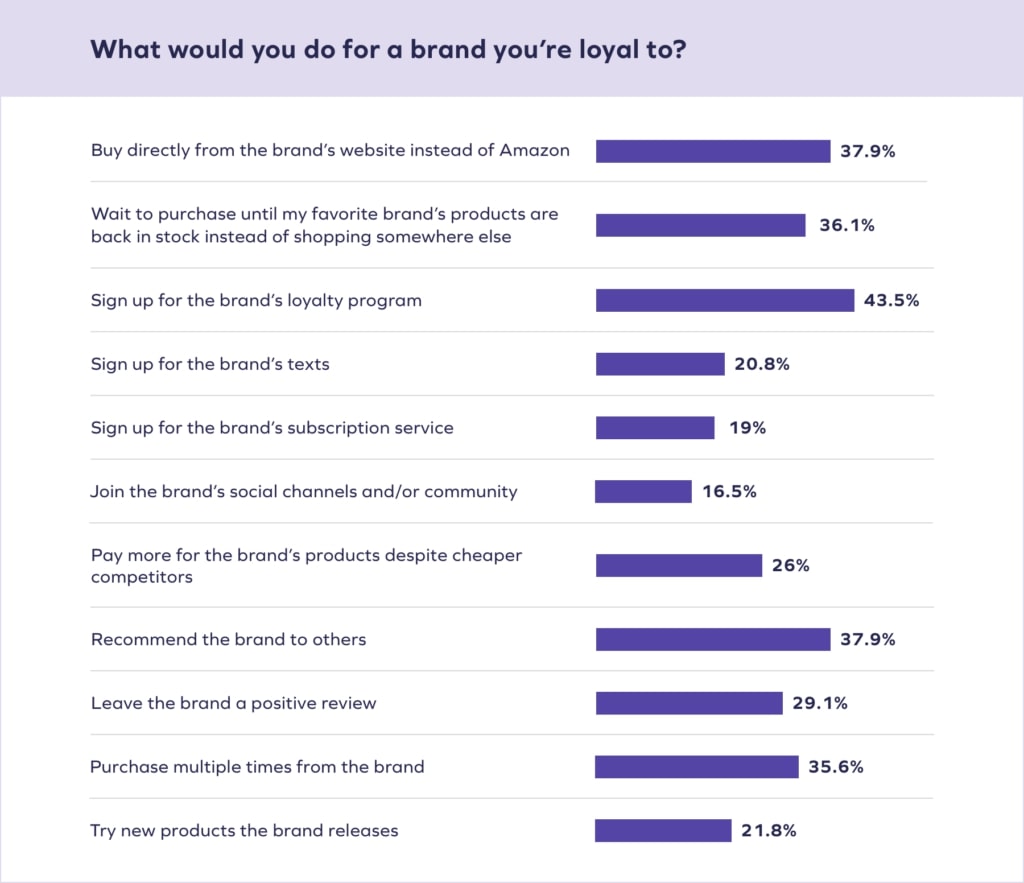
Image via Yotpo
Considering that such actions by existing customers are more potent in driving revenue than acquiring new customers, you should tailor your CRM strategy accordingly.
Focus on nurturing existing customer relationships to encourage repeat purchases and facilitating referrals to maximize customer loyalty and revenue growth.
You May Also Like:
Identify Your Target Customers
You can only enjoy the benefits of CRM software when you use it to effectively engage with your target audience.That’s why it’s crucial to identify and define your target customer segments.
With this information, you can tailor your CRM strategy to the needs and preference of your target users.
To understand your target customers effectively, create a buyer persona and include the following information to make it as detailed as possible.
- Demographic details
- Personality archetypes
- Behavioral patterns
- Pain points and challenges
- Aspirations
The example below shows a buyer persona created by a company that sells accounting software. In this case, their target customers are freelancers looking for an easy way to send invoices to their clients.
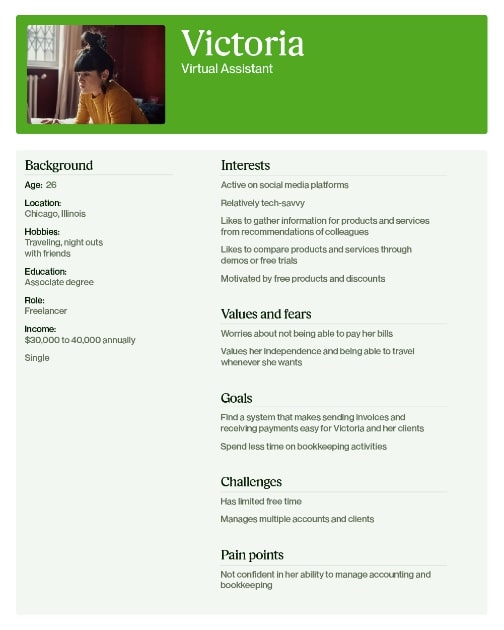
Image via Upwork
Outline the Buyer’s Journey
One of the best practices for improving your relationships with customers is to map the customer journey so you can understand what steps they go through before making a purchase.
How many touchpoints do they need to complete a purchase and what is the user experience along those touchpoints?
Do prospects receive enough support and resources to help them transition to the next stage of the buyer’s journey?
The answers to these questions will help you understand the customer journey and come up with effective strategies to make it as smooth as possible.
By following these CRM best practices, you can create a robust strategy that will empower you to harness the full potential of your CRM software. This will help you deliver personalized and meaningful interactions that enhance customer satisfaction.
Finalize Your Strategy
And as you develop the strategy, appoint a project manager to oversee the process from start to finish.
You should also set key targets and milestones to help you track progress. Make sure to:
- Give reasons for investing in a CRM: Explain to the management why it’s important for the organization to get a new CRM. Clearly define your business goals and explain how a CRM will help you achieve them. Explain how the tool will streamline your marketing and sales efforts.
- Get buy-in from all departments: It’s important to get everyone to support the decision to get a CRM system. To do this, you need to examine the key functions of a department and clarify how a CRM makes their tasks easier. For instance, you can show how the CRM provides data the sales teams can use for effective customer communication and sales forecasting.
- Choose a CRM that suits the needs of your team: After discussing the need for a CRM and getting buy-in from various departments, you can now go ahead to buy a CRM system. There are many types of CRM software, so it’s crucial to choose one that aligns with the specific needs of your business. Consider factors like user-friendliness and integration capabilities to ensure the tool is perfectly suited to help you achieve your objectives.
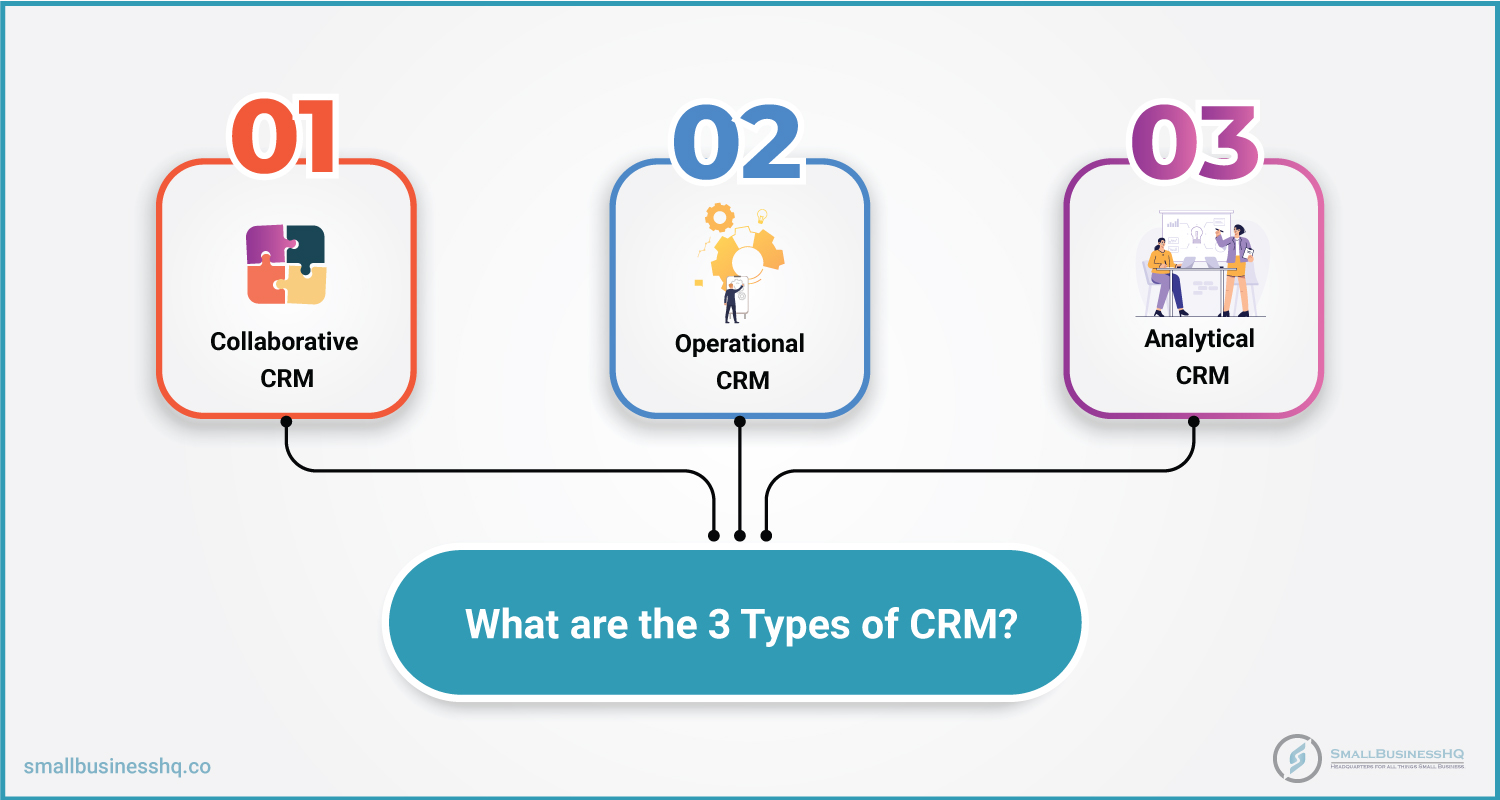
You May Also Like:
2. Develop a Strong CRM Implementation Plan
After creating a CRM strategy and choosing the right tool for your business, the next step is to create a solid implementation plan. Oftentimes, when a CRM system doesn’t deliver the desired results, it’s because of poor CRM implementation.
A well-structured implementation plan ensures your CRM setup aligns with your unique business model. Apart from that, it helps you configure the CRM functionality to support your sales lifecycle and establish efficient CRM workflows.
That’s why creating an implementation plan is one of the most effective CRM best practices. The CRM implementation plan will ensure the CRM platform is configured properly and performs as expected.
The steps to build an effective implementation plan are as follows:
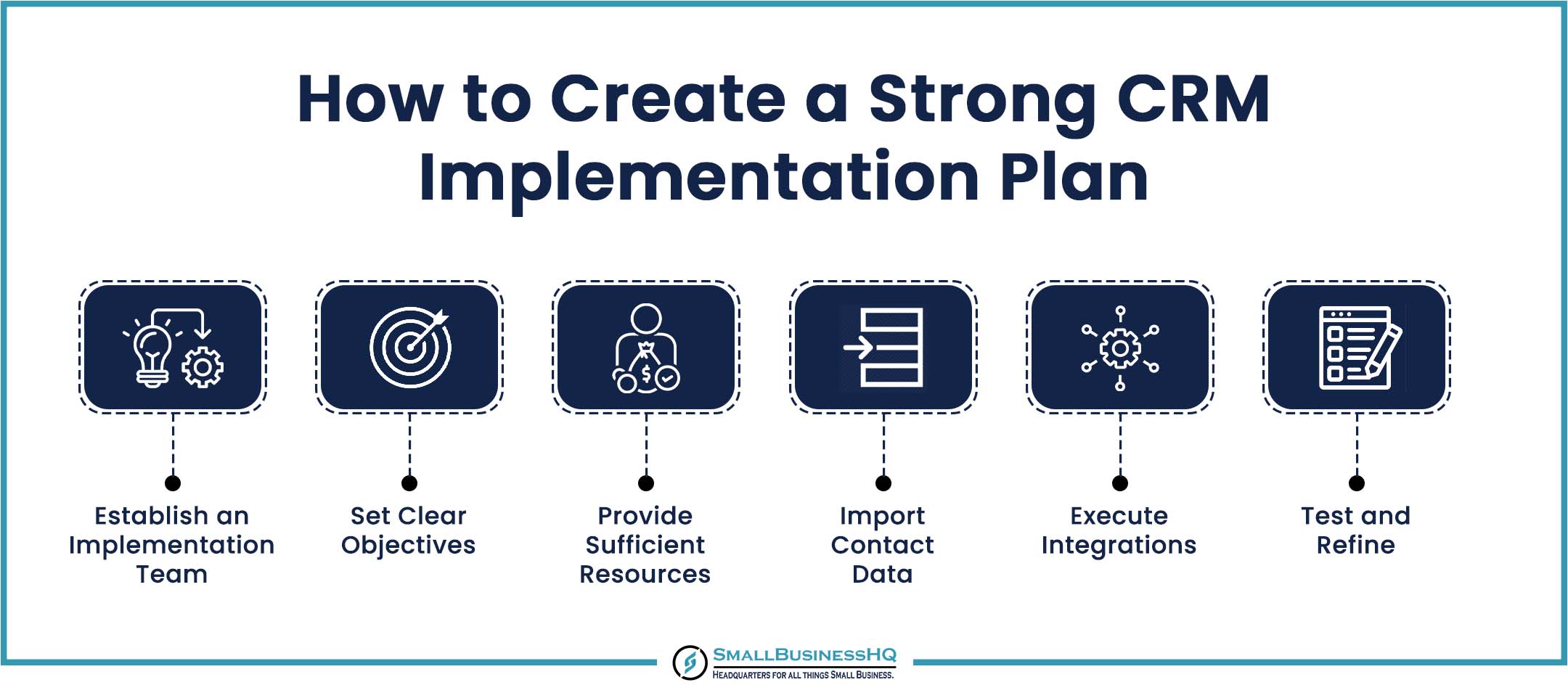
- Establish an implementation team: Create a dedicated team for implementing the CRM system. The team should have a team leader who will make tough calls and ensure everything is configured correctly.
- Set clear objectives: Establish specific goals and objectives for the CRM implementation to guide the team and measure success.
- Provide sufficient resources: Allocate enough time and resources to the implementation team to do a thorough job. Most likely, the CRM implementation will be done in phases, so allow sufficient time for each stage.
- Data migration: Seamlessly import existing customer data into the new CRM system.
- Execute integrations: Your CRM will work with other tools in your business ecosystem. Think about how the CRM fits with other tools and make the necessary integrations to prevent disruptions to your operations. There are 3 types of integratiosn you can add.
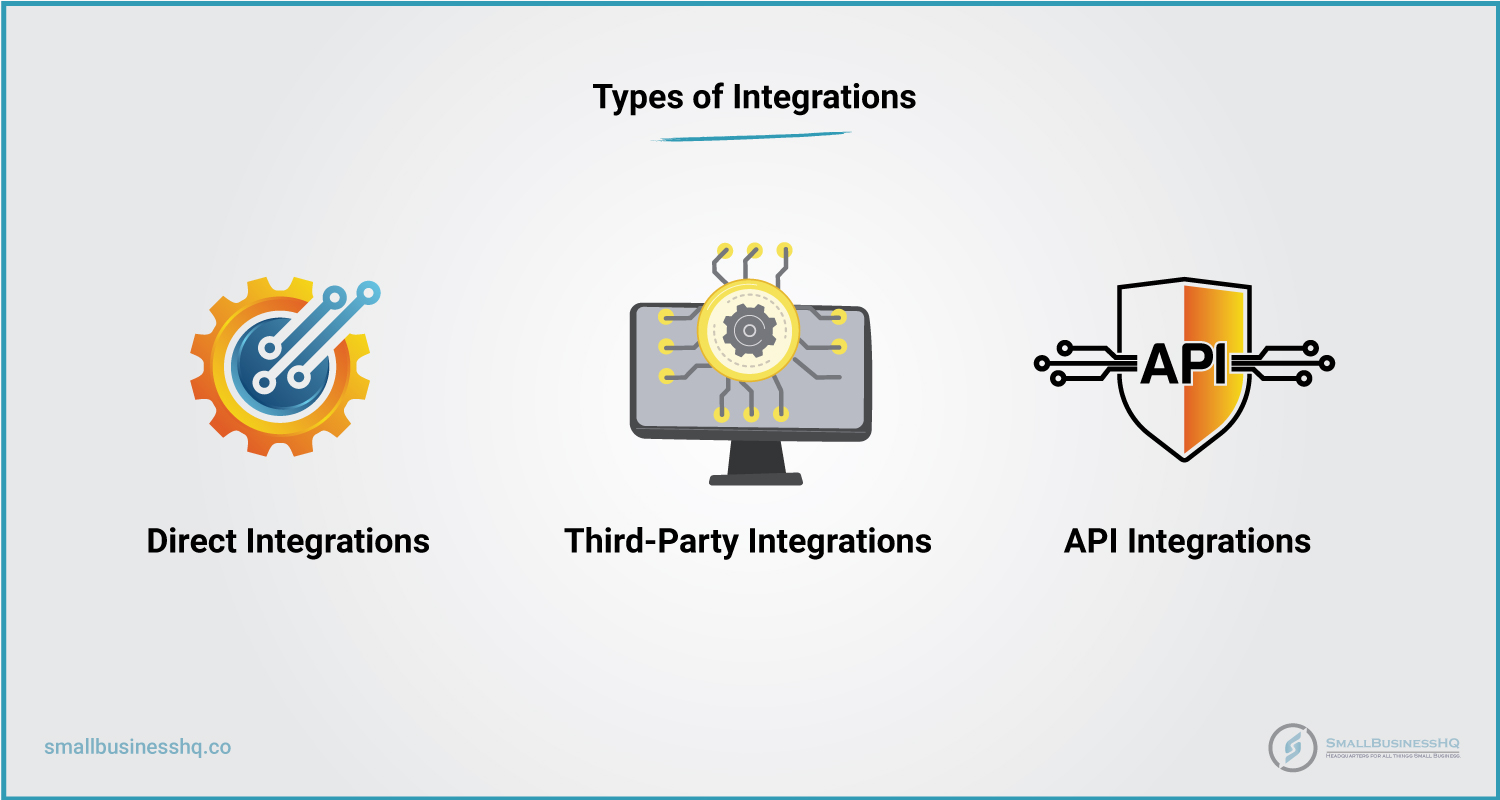
- Test and refine: Have the implementation team test the CRM system thoroughly to identify and address any issues in functionality. They also need to refine and optimize the system based on user feedback and performance.
The process of implementation should take anywhere from 2 weeks to 4 months. The exact time depends on the type of software, among the contact data that needs to be transfered, and the integrations that need to be done.
So, before you set any deadlines, assess the requirements and give the implementation team enough time to do a good job.
3. Customize the CRM System
Customizing your CRM software is one of the most essential CRM best practices. Modern CRM tools have advanced customization capabilities so ensure that your software is customized to your unique business needs.
When customizing your CRM, bear in mind that there are different levels of customization you can opt for. These are:
- Basic-level CRM customization: This is where you make simple changes to the system to suit your operations, such as changing keywords and picklists. These changes are typically user-friendly modifications that can be accomplished without needing extensive technical expertise.
- Mid-level CRM customization: This involves making more advanced modifications to your CRM system, such as creating custom fields, workflows, and automations tailored to your specific business processes. It provides a deeper level of alignment with your operational requirements.
- Advanced-level CRM customization: This is the highest level of CRM customization and may involve complex configurations and API integrations to tailor the tool to your specific needs. Some modifications may require heavy coding to align everything with the original source code.
What to Focus on When Customizing Your CRM
Customization is one of the CRM best practices that will help you get the most out of your tool. Customizing your CRM allows you to collect data that’s pertinent to your business, thereby helping you make informed decisions to meet your goals.
Below are the areas you need to focus on when customizing your CRM system:
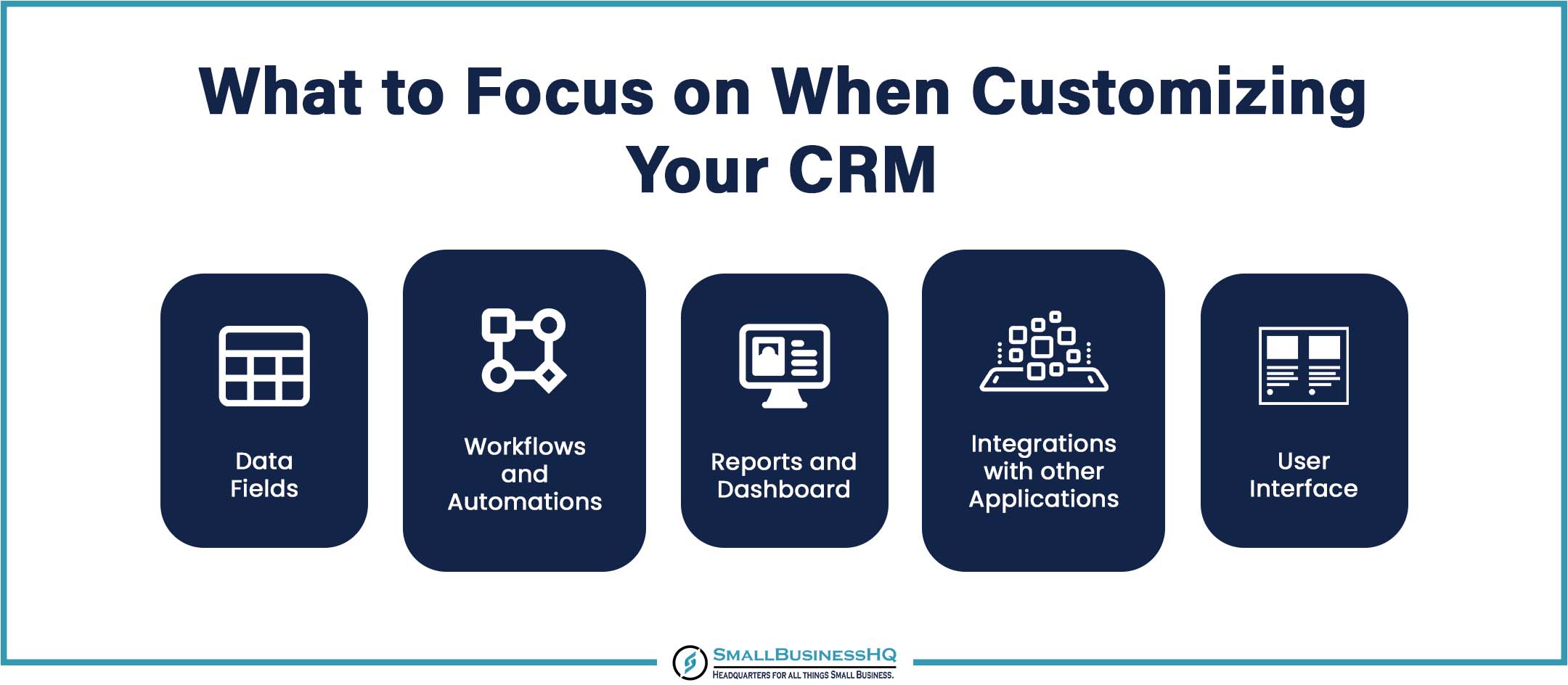
- Data fields: Customize the data fields in your CRM to capture data that’s relevant to your business. This may require you to add new fields, rename existing ones, or rearrange their position in the layout.
- Workflows and automations: Customize the workflows and automation rules in your CRM system to reflect your business processes. You may need to create new assignments and set up automated notifications for these tasks.
- Reports and dashboards: Customize your reports and dashboards to deliver metrics that matter to your business. The insights you get will help with data-driven decision-making, allowing you to track performance, identify trends, and make informed strategic decisions.
- Integrations with other applications: Customizing your CRM to integrate with other software and applications is crucial in getting the most out of your tool. Integrations allow for seamless exchange of data to enhance the capabilities of the CRM.
- User interface: Customize the interface with your brand logo and colors to create a cohesive branded experience and foster a sense of familiarity among your team members and customers.
This tailored approach ensures that your CRM system aligns seamlessly with your organization’s requirements, enhancing its effectiveness in managing customer relationships and optimizing workflows.
4. Train Your Staff
Poor CRM adoption is one of the reasons CRM solutions fail. When team members don’t know how to use the tool effectively, they will make many CRM mistakes that will stop them from using the system to its full advantage.
That’s why training your staff to use CRM effectively is one of the top CRM best practices for small businesses. You’ve probably paid a lot of money for a legacy CRM system and it would be sad to see its potential go to waste because of underutilization.
To this end, you should train your staff to build their CRM competencies. Use the strategies below to create an effective training process. Here’s a step-by-step guide.
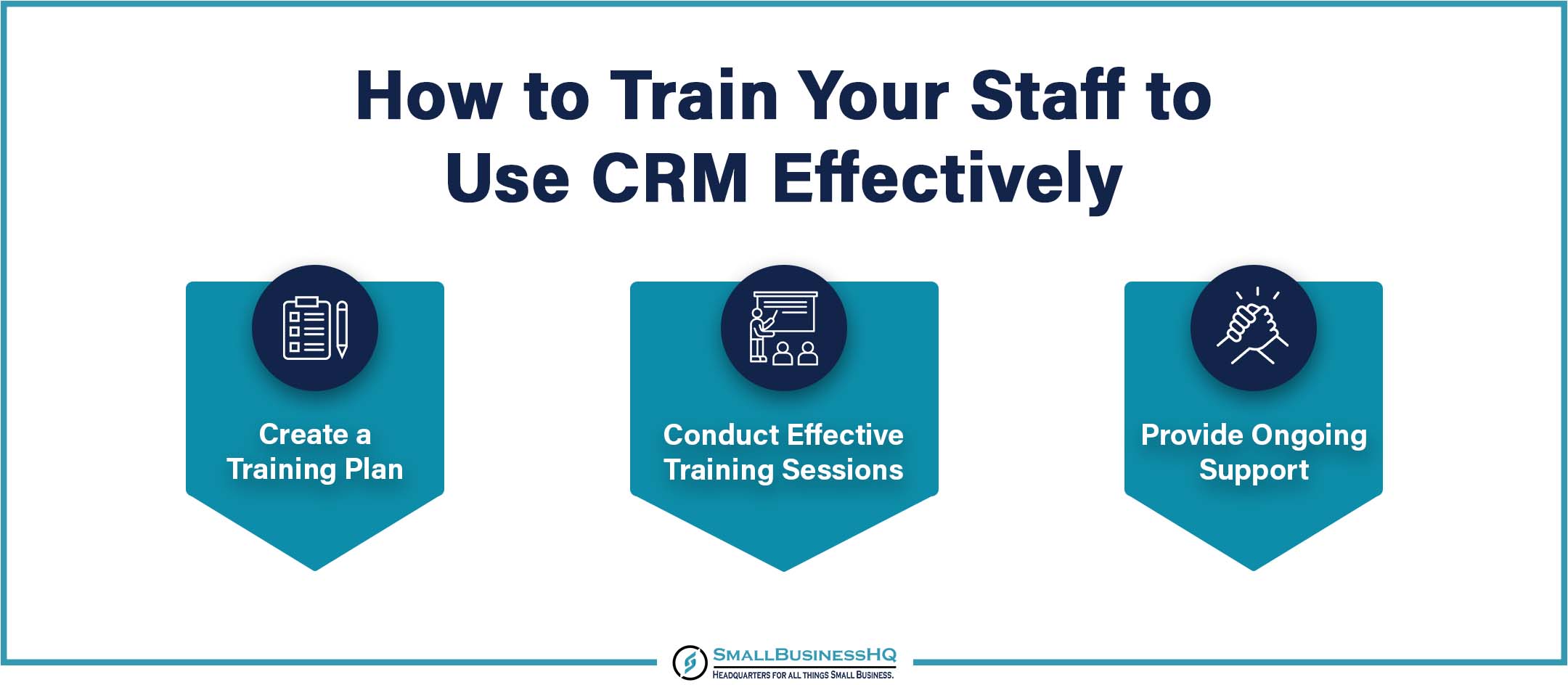
Create a Training Plan
Before you start training your staff on the best practices they should follow to use the CRM system effectively, you need to develop a plan for the training program.
Setting clear goals from the onset ensures the program provides everything your team needs to use the CRM successfully.
Below are the important things you should remember as you create a training plan:
- Train instructors first: Select individuals from your team who will serve as trainers for the rest of your team. Prioritize their training to ensure they are well-equipped to effectively convey knowledge to others.
- Identify training needs: Think about your team’s experience with CRM platforms and plan your training program accordingly.
- Set a deadline: Set clear deadlines for training your instructors and the rest of the team. This will keep everyone on track and ensure everything’s good to go for the launch of your CRM.
Conduct Effective Training Sessions
With your CRM training plan ready, you can start the training sessions. As you train the instructors and staff, consider different training formats to accommodate diverse learning styles, such as:
- Group sessions
- One-on-one lessons
- Interactive workshops
- Online training
- Video tutorials
Provide Ongoing Support
It’s important to note that CRM training is a continuous exercise that needs ongoing attention. As such, you should offer refresher courses as needed to help your team members improve their CRM skills.
You May Also Like:
5. Establish a Data Standard
Setting a consistent data standard is one of the most important CRM best practices if you want to use your CRM to its full potential. Adopting an organization-wide standard for managing data ensures that your CRM is functioning optimally.
A recent survey by Validity found that the top data quality issues that make it difficult for users to leverage a CRM system fully are:
- Missing or incomplete data
- Incorrect data
- Duplicate data
- Expired data
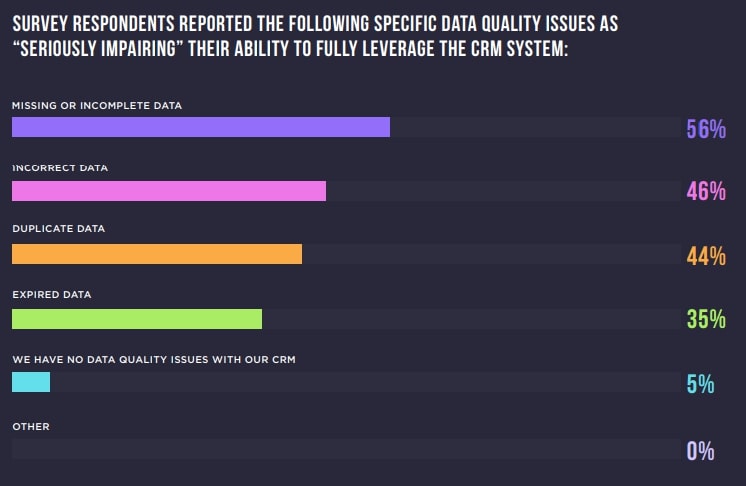
Image via Validity
These issues can be solved by implementing a well-defined data standard. You can address the issue of missing or incomplete data by implementing data validation protocols to ensure you capture all the necessary data.
Incorrect data can be dealt with by enforcing verification processes to ensure only accurate data is entered into the system.
You can eliminate duplicate data through standardized tag and naming conventions to ensure data is not entered more than once. Lastly, you can manage expired data through regular data cleansing and maintenance routines.
6. Automate Routine Processes
One of the CRM best practices that will help you gain maximum value from your CRM system is automation. CRM automation streamlines repetitive tasks, enabling your sales and marketing teams to focus on high-value activities.
This not only helps your team save time but also allows them to focus on more important tasks like closing deals.
Here are some key tasks you can automate to enhance the effectiveness of your CRM system.
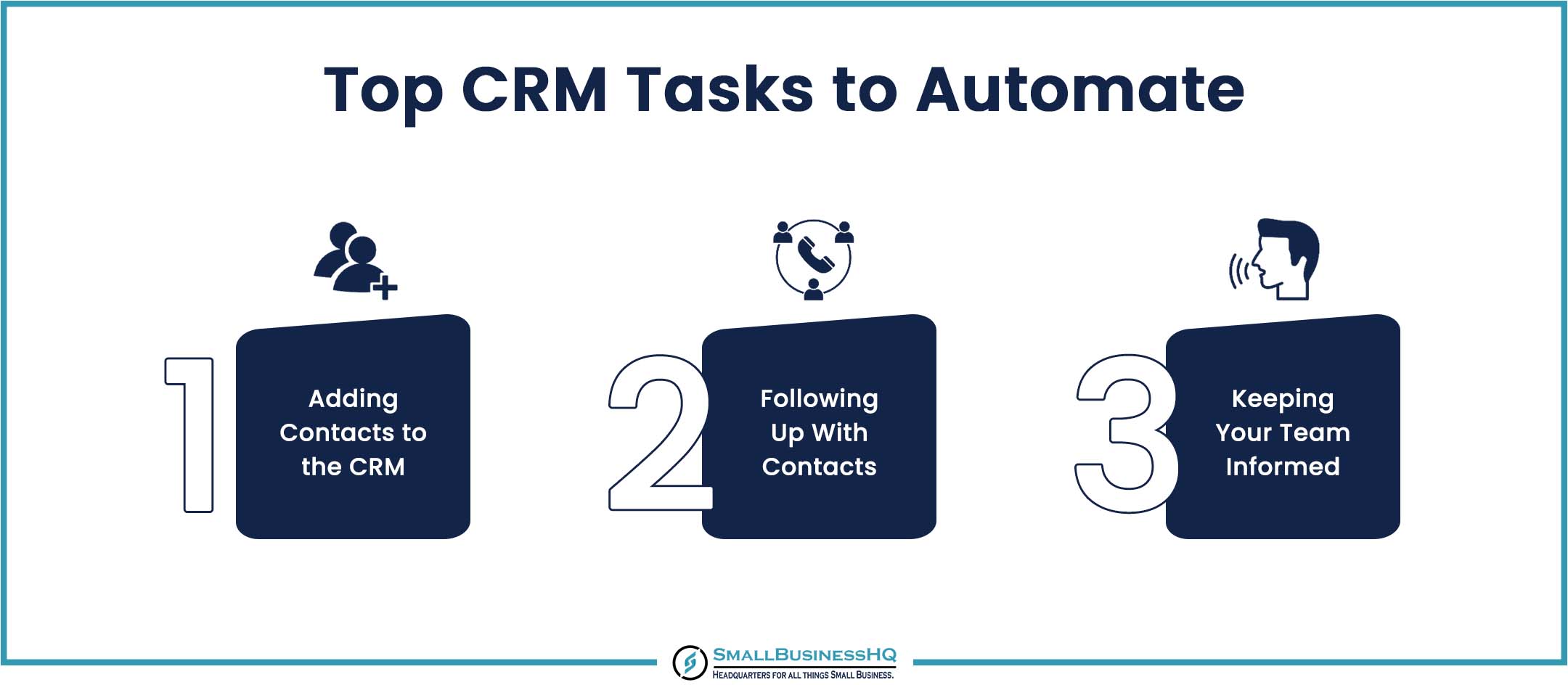
Adding Contacts to the CRM
A CRM solution relies heavily on the contacts that are stored within it, hence the need to keep those contacts up-to-date.
However, manually collecting and updating your CRM contacts can be challenging, especially when the data is collected from diverse sources.
Automating the process of adding or updating contacts in your CRM will ensure the system stays up-to-date without any extra work.
Following Up With Contacts
Effective follow-up is a key aspect of customer relationship management.
Automating follow-up actions, such as sending personalized emails, scheduling calls, or setting reminders, ensures that no important interactions or opportunities are overlooked.
Keeping Your Team Informed
To ensure tasks are handled effectively, you can seamlessly connect your CRM system to messaging and task management apps.
This allows for the automatic assignment of tasks, notifications, and updates to relevant team members, keeping everyone informed and on track.
7. Leverage CRM Analytics to Grow Your Business
The best CRM tools collect a massive amount of customer data. However, the CRM data only becomes valuable when you use CRM analytics to extract actionable insights from it.
Most CRM systems come with built-in reporting tools to help you understand your prospects/customers and make better business decisions.
Here are some effective ways to use CRM analytics to grow your business:
- Customer segmentation: CRM data can help you build comprehensive customer profiles based on user information, such as buying behavior, purchase history, and interests. You can then use this information to segment your customers for targeted marketing.
- Sales forecasting: CRM analytics empower you to make accurate sales forecasts by analyzing historical sales data, identifying trends, and assessing pipeline opportunities. This forecasting precision aids in resource allocation, inventory management, and strategic planning.
- Profit analysis: CRM analytics will help you understand which customer segment is likely to bring in the most profits. This information empowers you to focus your marketing and advertising efforts.
8. Perform Regular Audits
Adopting a ‘set and forget’ approach is not an effective strategy if you aim to maximize the benefits of CRM software.
Performing regular audits is one of the important CRM best practices as it helps you ensure that every CRM feature is functioning as it should.
Start by conducting routine technical audits to assess the integrity of your CRM system. This analysis serves as a vital checkpoint for identifying any potential issues or inconsistencies within your CRM infrastructure.
Here are some other audits that you need to conduct:
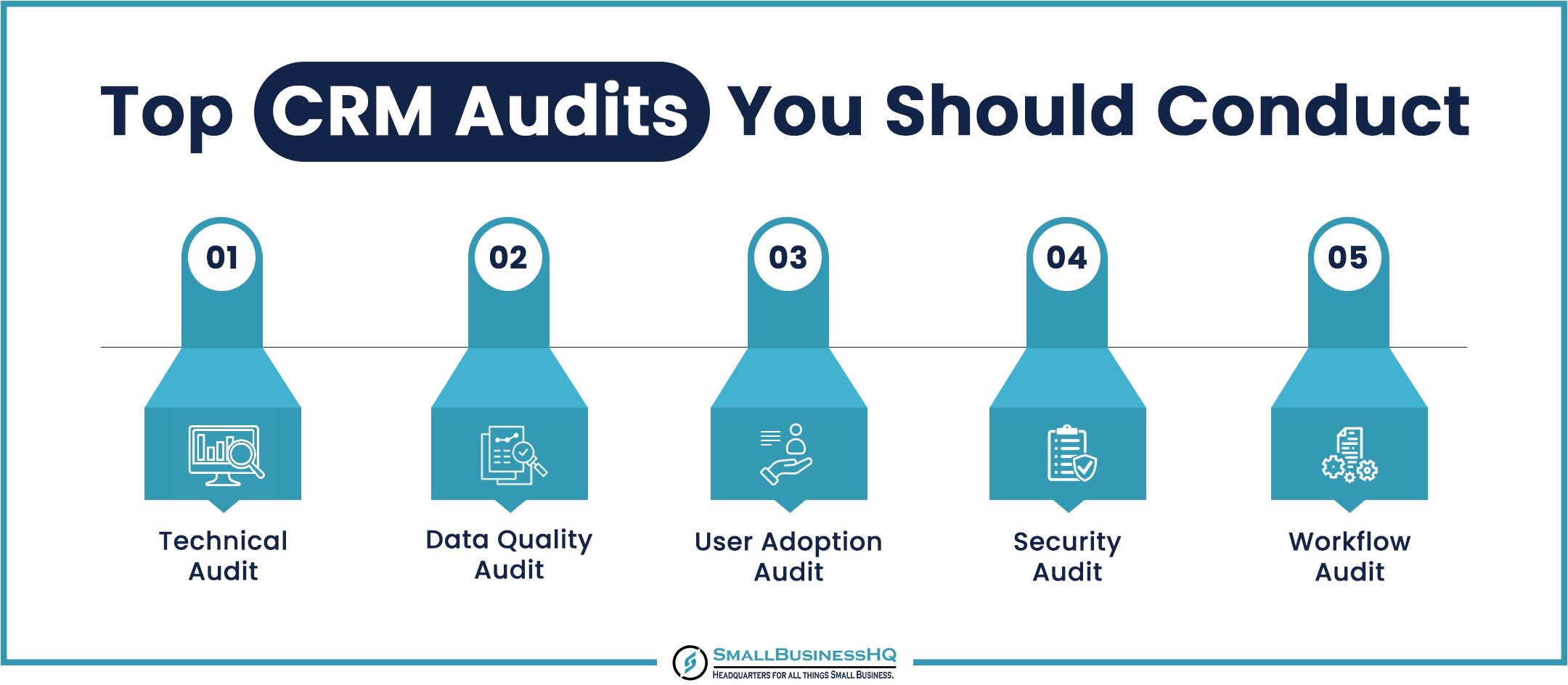
- Data quality audits: Regularly review the data stored in your CRM system to identify outdated, incomplete, and duplicate data. Implement corrective actions immediately to maintain data integrity.
- User adoption audits: Monitor how your team uses CRM features and functions. Identify the areas with poor utilization and find the reasons behind that. Offer additional training and support where necessary to increase adoption rates.
- Security audits: Conduct regular security audits to ensure your CRM system is secure. Verify that access controls and data protection measures are up-to-date and effective.
- Workflow audits: Examine your workflows and CRM processes to ensure everything works as expected. Watch out for bottlenecks and look for ways to use automation to enhance productivity.
You May Also Like:
9. Work Closely With Your CRM Vendor
If there’s someone who knows the CRM system you’re using inside out, it’s your CRM vendor.
The customer support staff of your CRM vendor understands the capabilities of the customer relationship management software solution. They can share CRM best practices you can implement to get the most out of it.
The support and onboarding teams can help you with the implementation process to ensure the CRM tool works as expected. They can also help you customize the CRM tool to your liking and automate your workflows effectively.
Your vendor wants you to succeed using their CRM software solution and they will also be available to respond to your concerns. So, work closely with them to achieve CRM excellence.
Also, make use of the learning resources provided by your CRM vendor. Salesforce, for example, provides tons of resources for new users.
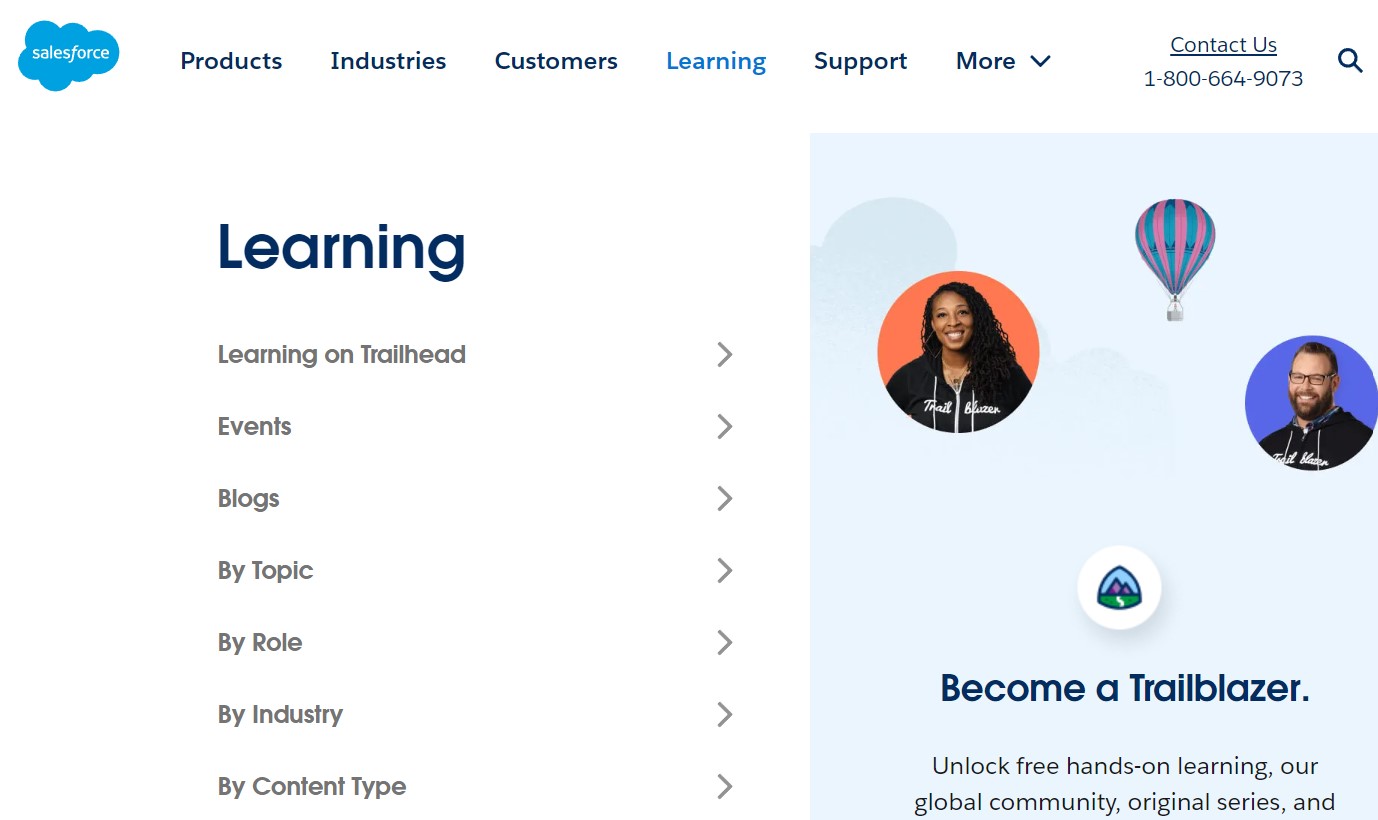
Image via Salesforce
Core CRM Features
When adopting a CRM solution for your business, learning about CRM best practices is one thing. However, it’s also important to know the core features that can help you streamline your sales processes and enhance customer relationships.
Here are some key CRM features to look for:
- Contact Management: A good CRM system allows you to store and manage all your customer information, such as contact details, communication history, and notes, in one centralized location. Such access to customer data can help your sales team quickly retrieve important information and provide more personalized interactions.
- Lead Management: CRM solutions help you track and nurture leads throughout the sales funnel. For instance, you can assign leads to specific sales reps, set follow-up reminders, and monitor the progress of each lead.
- Sales Forecasting: An effective CRM system provides powerful analytics and reporting capabilities that allow you to make more accurate sales forecasts. This feature allows you to thoroughly analyze your sales pipeline, historical data, and market trends to make informed decisions.
- Workflow Automation: Automating repetitive tasks is a key benefit of CRM solutions. From sending follow-up emails to updating customer records, workflow automation saves your team valuable time and reduces the risk of human error.
- Third-Party Integrations: A CRM system that integrates seamlessly with other tools in your business ecosystem is crucial for efficiency. That said, look for a CRM platform that offers integrations with popular applications such as email service providers, marketing automation software, and accounting tools.
You May Also Like:
FAQs
Q1. What is a CRM?
A CRM is a software designed to help businesses manage their customer interactions.
The tasks performed by CRM software include advanced contact management, lead and opportunity nurturing, tracking customer interactions, and task automation.
Q2. What are the best practices of CRM?
The CRM best practices to make the most of your CRM efforts include:
- Develop a CRM strategy
- Create a strong CRM implementation plan
- Customize the system
- Train your staff
- Establish a data standard
- Use automation
- Use CRM analytics to make better decisions
- Perform regular audits
- Work closely with your CRM
Q3. How do you develop a robust CRM strategy
The steps for creating an effective CRM strategy are as follows:
- Define your goals
- Identify your customers
- Outline the buyer’s journey
Q4. What should I focus on when customizing a CRM system?
The areas you focus on when customizing a CRM include:
- Data fields
- Workflows and automations
- Reports and dashboards
- Integrations with other applications
- User interface
Q5. Which tasks can I automate to increase the efficiency of my CRM system?
The top tasks to automate in your CRM include:
- Adding contacts to the CRM
- Following up with customers
- Keeping your team informed
Get the Most From Your System With CRM Best Practices
A CRM is a powerful tool for managing customer interactions. A robust CRM system organizes your data for easy access, automates tedious processes, and delivers valuable insights for improved decision-making.
Implementing the CRM practices mentioned here will help you unleash the full potential of your CRM system to streamline your business processes and achieve greater customer satisfaction. Good luck!


